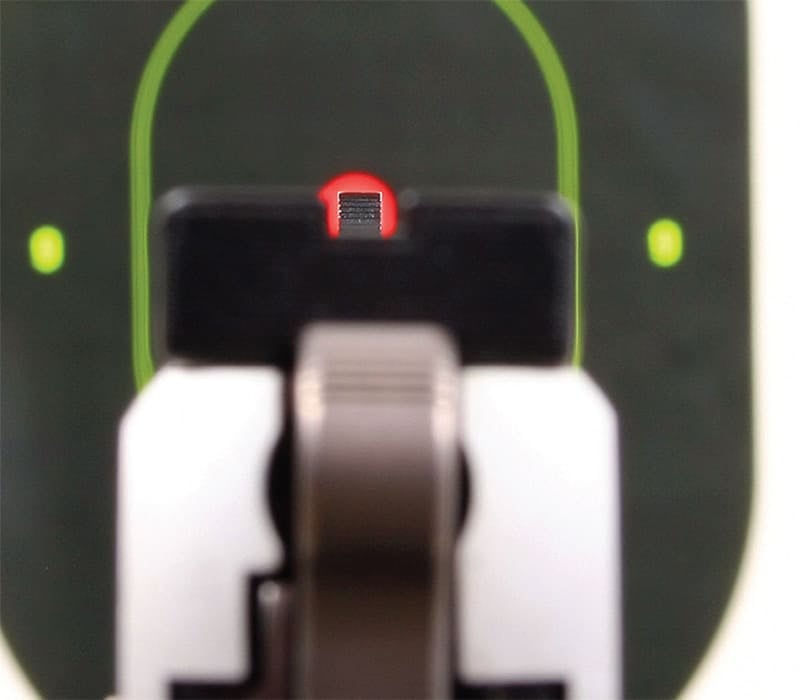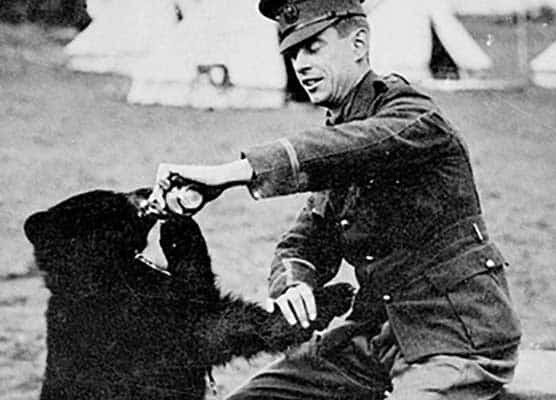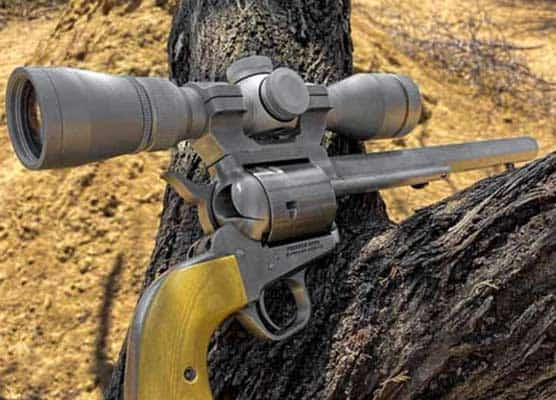Sight Sense?

What many (most?) of us do in an emergency. The target becomes more in focus as we, um, focus on it;
and the sights blur slightly but are still used to index the muzzle. Our brain wants to see the target
and won’t usually allow things to get in the way. This method, usually with both eyes
open to keep your depth perception alive, is still very accurate out to surprising ranges.
It’s not “instinct” shooting, it’s still aiming, just not as precisely.
Much ado is made of sight pictures. But I remain convinced many don’t actually know what’s being bandied-about. We chatted about trigger control (“Tangling With The Trigger,” earlier) and frankly, I’m convinced trigger control is more important than sight picture. Basically, what I (and many others say) is you can have a perfect sight picture and then mess it up with a miserable trigger pull. An adequate sight picture — of some kind — is usually enough to get you by if you press the trigger marvelously.
But what is a sight picture? I think it’s many things. The classic perception is one where the front sight is in sharp focus, centered neatly between the rear’s up-rights, with the target at some degree of focus, depending upon your eye’s ability to sort all that out. And yes, if you have time, if you have the eyesight to handle it, it is a perfect sight picture. But what if you don’t have time — say a bad guy is aiming back?
That’s a question causing many trainers to get into name-calling fights on Internet forums. During my own police career, I pointed my gun at bad guys countless times. Working in a big city, there were lots of bad guys, and situations warranting the pulling-out of guns. Keep in mind I had spent many years shooting PPC matches (aimed fire, lots of time, out to 50 yards), so I was very proficient at careful, aimed fire with a handgun. Yet, during my encounters, I noticed my sight picture changed according to the situation and environment. In those early days, we had very little decent training on our agency, so most (all?) of what I picked up I learned the hard way. It really wasn’t until the late 1980s that training became at least decent on-duty.
Time
Sometimes, I had the luxury of enough time to take careful aim when the gun came out. I once used a car bumper as a rest and took very, very, very careful aim at a miscreant, right between the eyes, at about 20 yards. He held a child hostage at knifepoint. No time for SWAT to respond. Other officers were negotiating with him, but they knew I could take the shot if it went bad, so I was ready. There was no doubt in my mind I could hit him, and my sights were in sharp focus and my trigger press was mostly done. He gave up.
Other times, when the second hand was running at warp speed, my sight picture changed dramatically. I recall often bringing the gun up to barely below my eyes, so my “sight picture” was across the tops of them, or almost “through” them, with the threat clearly in focus and both eyes open. Your mind is a silly thing and often won’t allow you anything but the best view of a threat. “I’m not going to allow you to block my vision with those sight-things,” it seems to say in an emergency. Yet, in practice, I found I could hit well out to surprising distances. The need to see the threat, the speed necessary to respond to the threat and my own skills allowed me this modified sight picture — and it worked fine. I know there are those who have been in shootings who say, “I remember seeing my sights clearly.” Great, perfect, and I wish we could all
do that — but many of us can’t.
Instinct?
I most definitely have never “instinctively pointed” my gun at anyone. “Instinct” shooting is perhaps better called guess-shooting. You’re pointing the gun in the general direction of the target, usually well below eye level, guessing it’s aligned well enough.
Yet, if you index on the target using the sights, just above the sights or with the slide, you’re actually aiming, with
varying degrees of speed and accuracy — but it is aimed fire nonetheless. And many who say they shoot instinctively, are actually indexing on the gun at some level. If you can see the gun, even with peripheral vision, you’re indexing on it. And that’s called aiming whether you want to believe it or not.
All this is based on my personal experience in the real world, as a decent shooter, a street cop with no small amount of experience in interesting situations, and as someone who has remained in touch with training trends. And, I might be completely wrong.
But I’ve found most top-quality trainers today, people without egos and with plenty of accountable experience, acknowledge this basic premise of modified sight pictures. However, there are still some who insist the only way to shoot is with a clearly in-focus front sight. And I won’t argue the point — if you’re able to do it. But the rest of we mere mortals simply can’t in certain situations — our brains simply won’t allow it. That old self-preservation thing.
I welcome your comments.





